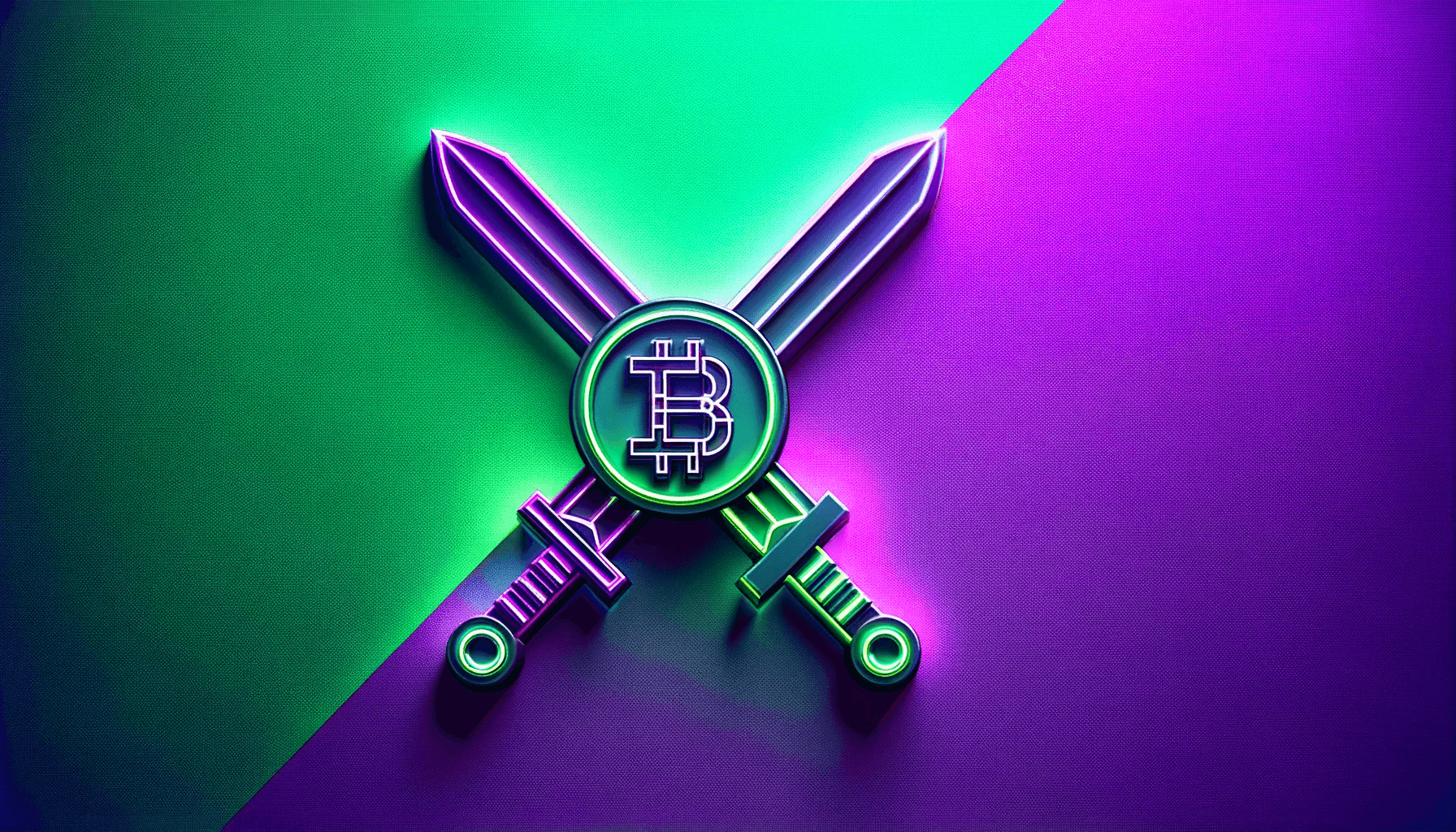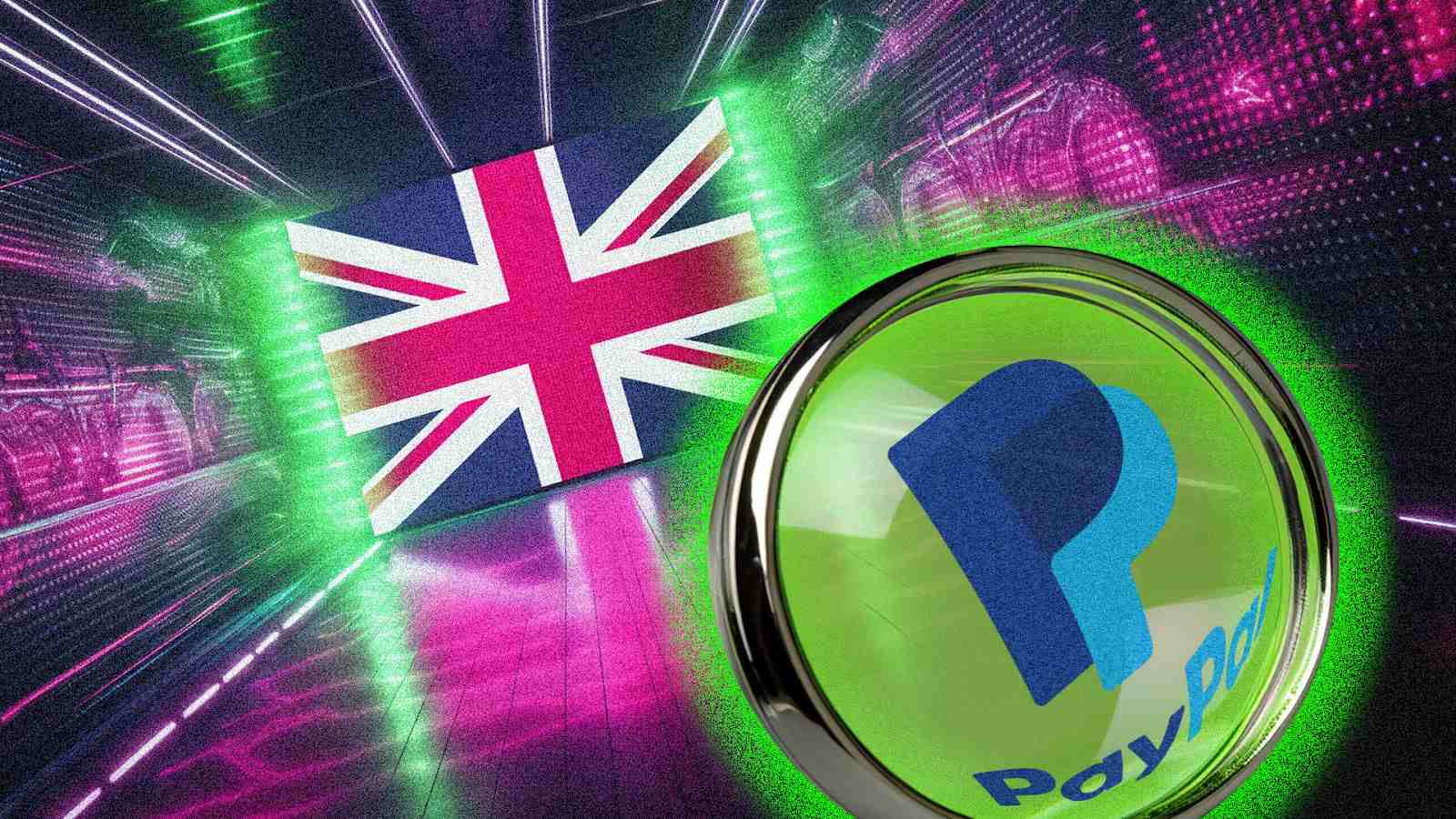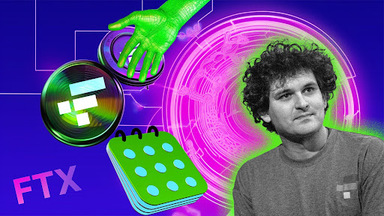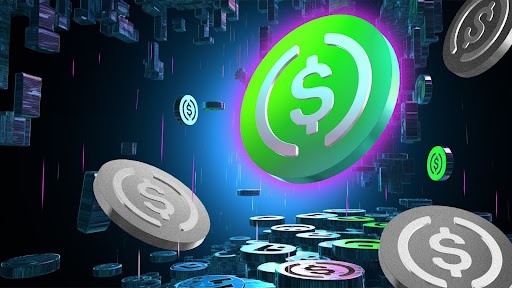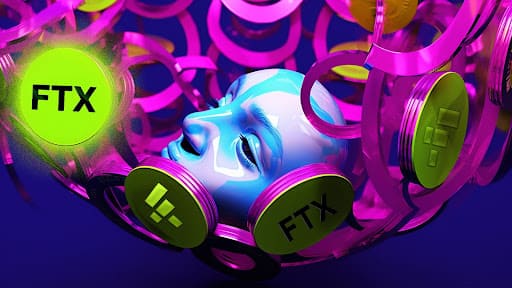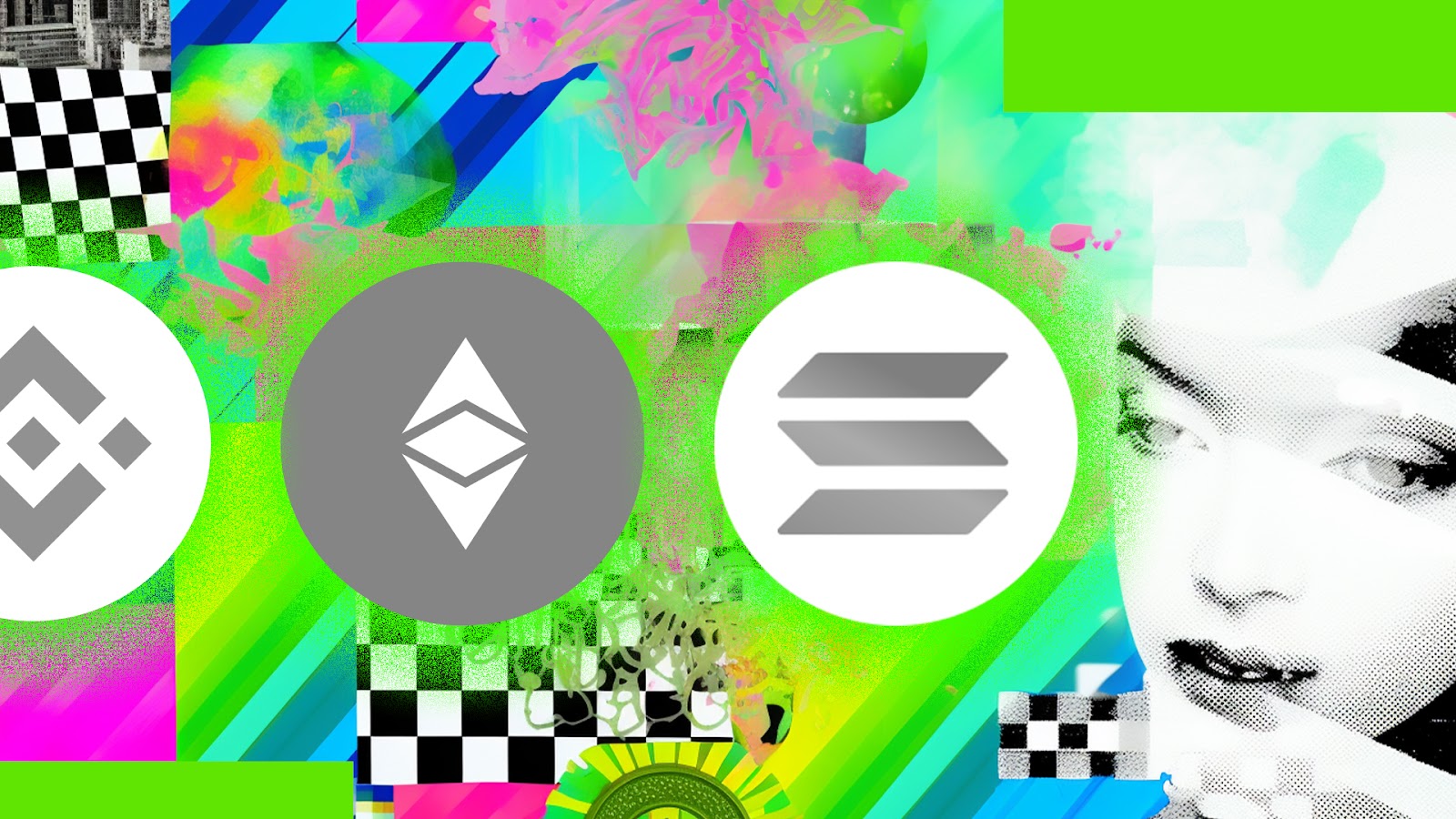
Cryptocurrencies have become increasingly popular in recent years, however, behind the scenes these digital assets are built with various token standards, each serving a different distinct purpose.
Understanding these token standards is an essential part of wanting to invest in cryptocurrencies.
What are Token Standards?
Since the creation of smart contracts on the Ethereum Blockchain, many different tokens have been created, and the format of a token standard is dependent on the blockchain they are built on.
Ethereum for example, uses the ERC-20 standard for tokens.
ERC stands for Ethereum Request for Comments.
Smart contracts are the backbone of token standards, defining specific rules that are coded onto the smart contract.
Ethereum's ERC-20 standard tells people how to create, issue and deploy new tokens which are based on the underlying blockchain.
An in-depth guide to creating your own ERC-20 token can be found here.
A token standard is important, as this allows all the tokens made under that token standard to be compatible with existing decentralized exchanges.
Standardizing the functionality of different tokens helps developers build applications on top of those standards, knowing the underlying architecture will be the same as long as the token standard is being applied.
Comparisons Between Token Standards
Below we will compare the different token standards between Ethereum, Binance Smart Chain and Solana.
Ethereum
Ethereum is the most commonly used blockchain when it comes to building smart contracts, as a result, Ethereum also has many different token standards.
ERC-20 is the most common token standard on Ethereum, a full list of other token standards can be found here.
Despite the amount of tokens on the Ethereum blockchain, the network has experienced congestion causing slow transactions and high transaction fees.
ERC-20 tokens, despite being native to Ethereum, can be bridged to other blockchains, however, this requires a bridge or other cross-chain platforms to do so.
Pros
-
Widespread adoption is a big factor for ERC-20 tokens, Ethereum is a very popular blockchain and most wallets and exchanges are compatible with Ethereum.
-
ERC-20 tokens can easily interact with other Ethereum-based tokens and smart contracts and can have cross-chain compatibility.
-
Smart contract integration with ERC-20 tokens allows decentralized applications to grow, as there will be more tokens to trade and interact with.
Cons
-
ERC-20 token standard follows a predefined set of standards, which limits certain token functionality, which can be a drawback for projects with unique requirements.
-
Ethereum has faced scalability issues, with high gas fees and slow transaction times when there is a surge in users, which can negatively impact ERC-20 tokens.
-
The ERC-20 standard has its share of vulnerabilities, which can lead to smart contract exploits.
Binance
Binance, with its blockchain Binance smart chain or BNB, has its standard for creating tokens, this is the BEP-2 standard.
The BNB coin was once on the ERC-20 standard, however, once Binance announced the launch of their blockchain, this was migrated to the BEP-2 standard.
The BEP-2 standard provides the same advantages that the ERC-20 standard does, with significantly lower fees.
Pros
-
BEP-2 and BEP-20 tokens are tailor-made for the Binance ecosystem, ensuring smooth integration with the Binance exchange, and other Binance products, enhancing utility.
-
BNB chain offers fast transaction times and low fees, making it an ideal blockchain to adopt a token standard on.
-
Due to the amount of people who use Binance products the amount of users available to use a created token is vast.
Cons
-
Binance token standard tokens are only limited to the Binance ecosystem.
-
BNB chain can be seen as too centralized, with a limited number of validators and a potential for interference by Binance.
-
BEP-2 and BEP-20 token standards are not as decentralized as other standards.
Solana
Solana token standard is called SPL, this token standard allows SPL tokens to interact with Solana’s smart contracts, allowing the creation of different tokens for DeFi applications.
Solana’s high throughput and low transaction fees make the SPL token standard an attractive standard to work on.
Solana’s SPL token standard is designed for the Solana ecosystem; they can be bridged to other networks, if a suitable bridge or cross-chain platform is available.
Pros
-
Solana’s token standard benefits from Solana's high throughput and scalability, providing a fast and effective platform for users.
-
Solana’s blockchain requires low fees to complete transactions, making it an attractive blockchain to create a token on.
-
Solana’s ecosystem is constantly evolving with new projects and tokens being created all the time, this creates an attractive blockchain to work on.
Cons
-
Solana’s token standard can lack compatibility with other blockchain networks.
-
Solana’s unique token standards can present a learning curve for developers accustomed to Ethereum token standards.
-
Solana can be seen as too centralized as Solana relies on a select group of validators.
Final Thoughts
Ultimately, the type of token standard you use depends on individual use cases, transaction requirements and overall blockchain popularity.
Ethereum's ERC-20 standard and ecosystem is seen as more mature and popular than other blockchain token standards like SPL. Other token standards, such as SPL or BEP-20/BEP-2 excel in scalability and cost-efficiency, resulting in faster and cheaper transactions.
As the cryptocurrency ecosystem evolves, choosing the correct token standard will play a crucial role in determining the success and adoption of blockchain platforms.
Want More Cutting-Edge Crypto News?
Follow Us: X TikTok Instagram Telegram LinkedIn
Sign up to our newsletter at the bottom of the page
Check Out Our Top 10 Crypto Currencies of 2023
This article is intended for educational purposes and is not financial advice.


